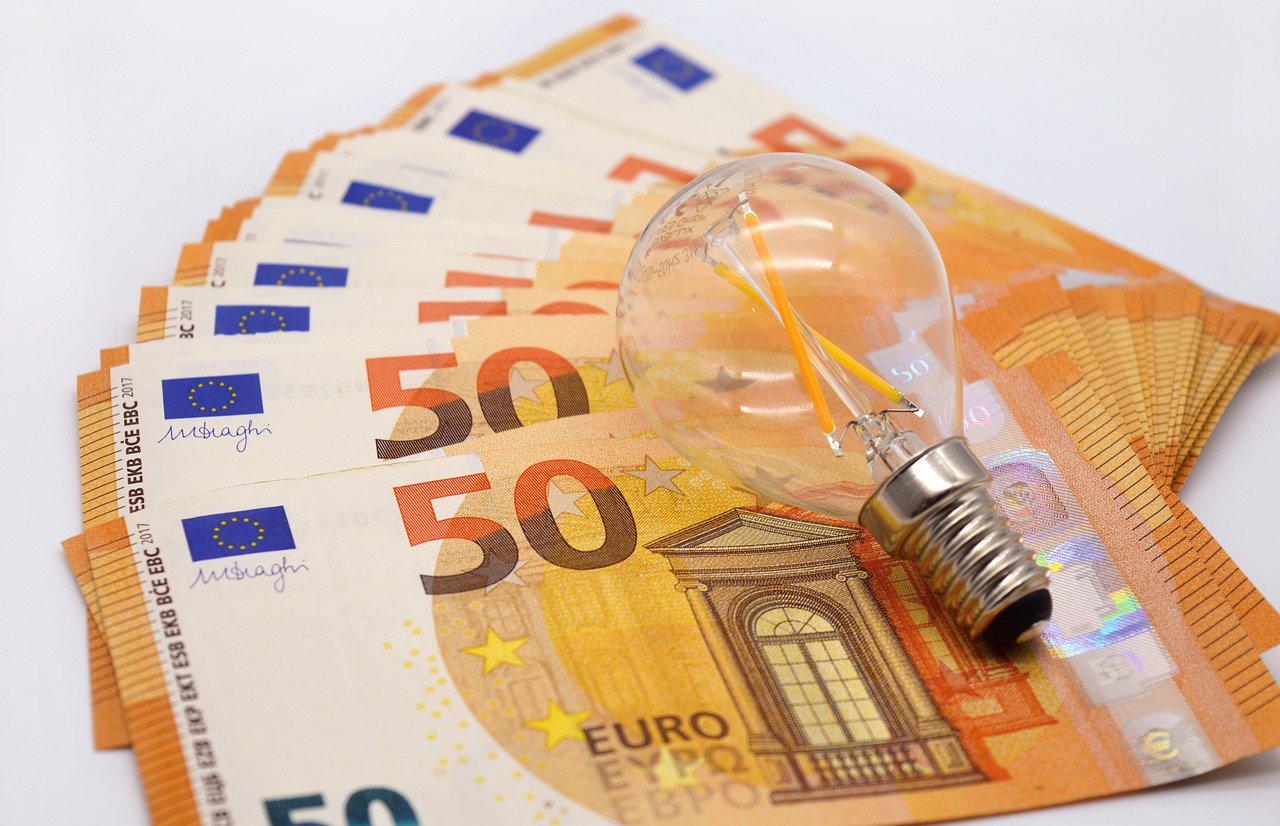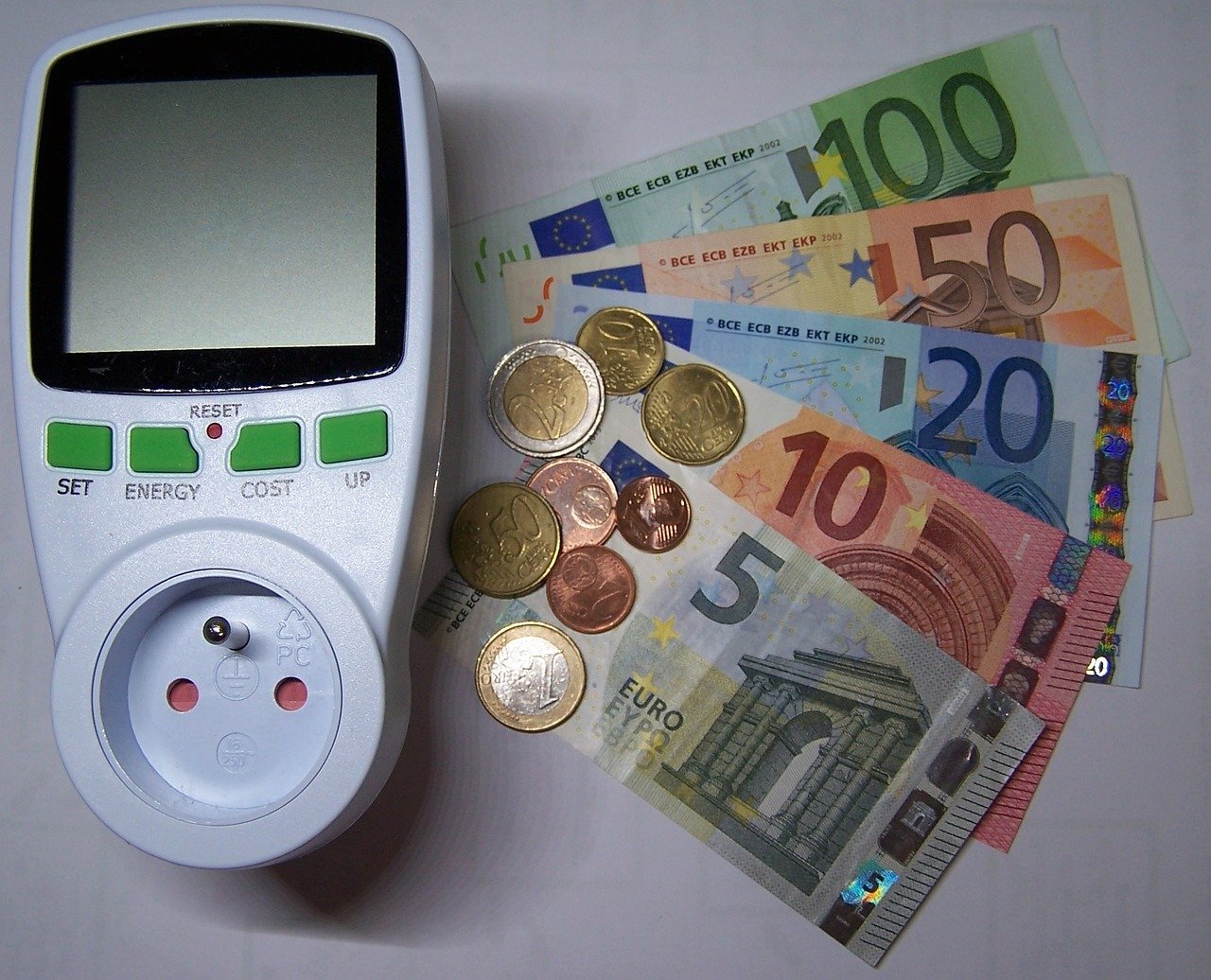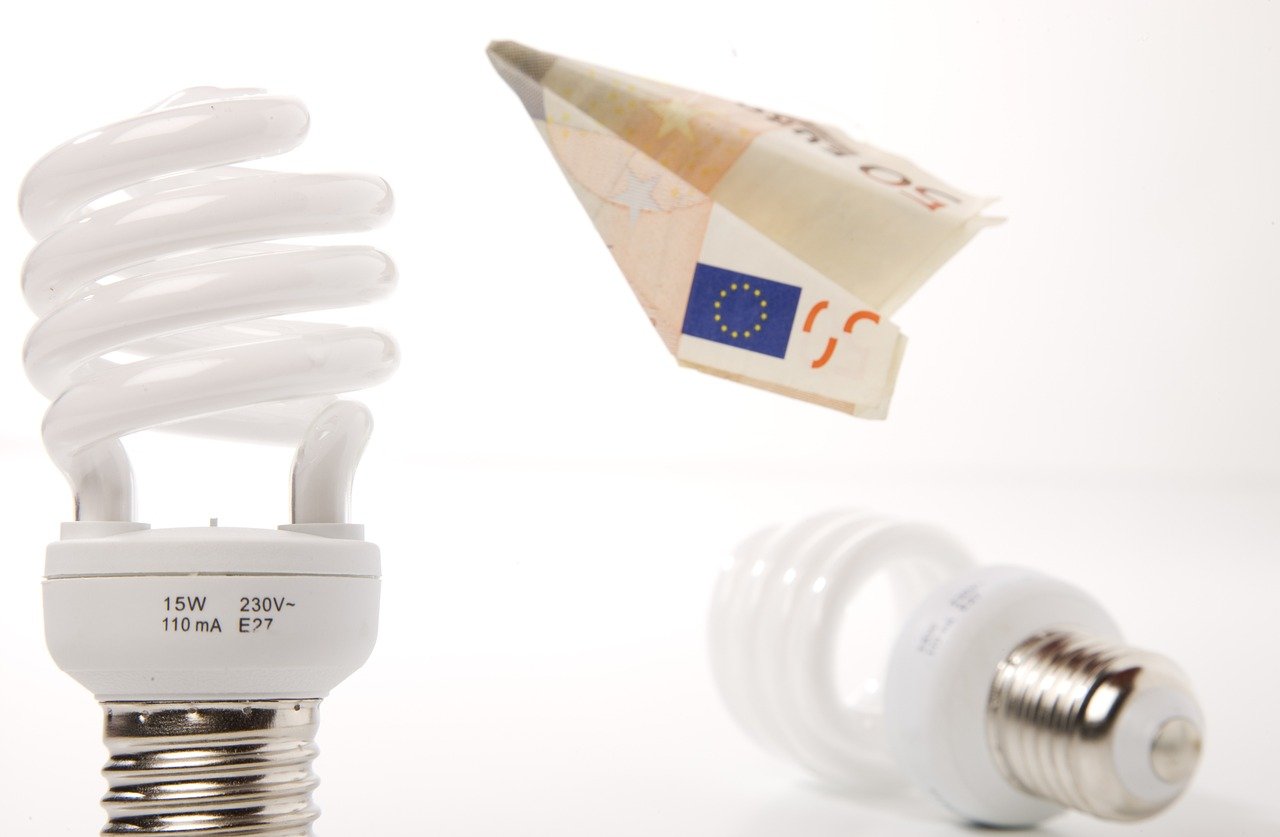Navigating through your monthly electric bill might appear straightforward, but unknown to many, the devil lies in the details. “Unveiling the Hidden Costs in Your Electric Bill” strives to cast a spotlight on the veiled charges that not only add up to your bill but might even take you by surprise. Prepared by an exceptional SEO copywriter with a flair for making intricate concepts seem effortlessly simple, this article promises to demystify the complexity embedded in your electric bill for you. Written purely in American English, the content aims to deliver factual, engaging, and easy-to-understand information, that you will find worth reading. So gear up, as you’re about to embark on an enlightening journey to understand and overcome the hidden costs embedded in your electric bill.
Understanding Your Electric Bill
Before diving deep into deciphering the murky waters of your electric bill, let’s understand the concept of an electric bill. Simply put, an electric bill is a statement sent by your electricity provider that outlines the amount of energy consumed during a certain period and the corresponding cost. You’ll typically find a detailed breakdown of costs including base rate, energy usage, taxes, fees, and possibly more.
Concept of an Electric Bill
Electricity is a commodity, and like any commodity, you pay for what you consume. The electric bill is an account of your energy consumption over a specific period. Those little gadgets you fancy, the cozy warmth of your heating system in winters, or the cool breeze of your air conditioning unit in summers, they all run on electricity. The costs for using these conveniences is what makes up your electric bill.
Typical Components of an Electric Bill
An electric bill usually contains certain fixed components. These include the customer charge, which is a fixed charge assessed monthly regardless of how much electricity you use. Then there are energy charges, which is the bulk of your bill and based on the number of kilowatt-hours (kWh) consumed. Other components can include delivery and transmission charges, taxes, and potentially some additional fees.
Monthly versus Bi-monthly Billing Systems
Some utility companies bill monthly while others opt for a bi-monthly system. Bi-monthly billing merely means you receive a bill every two months. While monthly bills help spread out payments evenly, the bi-monthly system can sometimes lead to a sense of being blindsided by a hefty bill. Understanding your billing cycle can help you better manage electricity usage and budgeting.
Common Hidden Costs in Electric Bills
Additional Fees and Charges
Not all electric bills are created equal, while some have more transparency, others have hidden costs wrapped up in confusing jargon. These can take the form of additional fees like late-payment charges, connection fees, or disconnection fees. Always scrutinize your bill to understand these charges.
Inaccurate Billing
Mistakes can happen, even with something as routine as your electric bill. Sometimes, bills can contain errors leading to inflated charges. if your bill seems unusually high, it could be due to inaccurate meter readings or mischarges.
Peak Hour Charges
Depending on your location and utility provider, you may be subject to peak hour charges, also known as time-of-use rates. This means you’ll be charged more for the electricity used during peak demand times, usually during the day when people are most active.
Seasonal Charges
Energy consumption and, consequently, electric bills can fluctuate with the seasons. For example, during summer or winter, you may run the AC or heater more often, leading to a spike in usage and cost.

Delivery and Transmission Charges
Definition and Importance
Delivery and transmission charges are the costs of transporting the electricity from the power plant to your home. These charges are crucial as they help maintain and upgrade the infrastructure required for electricity delivery.
Impact on the Overall Bill
While energy charges make up the bulk of your bill, delivery and transmission charges can also be significant. Depending on where you live, these charges can be higher due to the cost of maintaining the electrical grid.
How Companies Calculate these Charges
Each utility company has its way of calculating these charges. Some may base it on a flat rate or a specific percentage of your overall consumption. Always check your bill to understand these charges or ask your provider for clarity.
The Role of Taxes in Your Electric Bill
Understanding Local and Federal Taxes
Most bills will contain charges for state and local taxes. These taxes vary based on the state you live in and predominantly go towards maintaining the infrastructure that delivers electricity to your home. But federal taxes may also be added to your bill, contributing further to the charges.
Tax Increase and its Effect
If the government decides to raise taxes on utilities, this can directly affect your electric bill. You’ll notice the change in the tax portion of your bill if such an event occurs.
How to Check if You’re Being Overcharged
Always keep an eye on the tax charges on your bill. If there’s a sudden increase without any notification from the government or utility provider, you might be being overcharged. In case of discrepancies, get in touch with your utility company and inquire about the change.

Understanding Meter Charges
Meter Reading and its Charges
Your electric meter records the amount of electricity you use. the utility companies usually charge for this service unless you have a smart meter that allows for remote reading. The cost is typically small but still contributes to your bill.
Estimated Meter Reading vs. Actual Meter Reading
Sometimes utility companies estimate your usage rather than taking an actual reading, especially if they cannot access the meter. This estimate is usually based on your past consumption trends. However, the estimated usage can sometimes be more than the actual usage leading to higher bills.
Effect on the Electric Bill
If your bill is based on estimated readings, you could either be paying for electricity you didn’t use or less than what you actually did. The following bill usually corrects this discrepancy, but to avoid such situations, always provide access for meter readings or opt for a smart meter.
Investigating Demand Charges
What are Demand Charges?
Demand charges are usually applicable for commercial customers, and they’re based on the highest amount of electricity used during any half-hour in the billing period. This charge is meant to recoup the cost of providing electricity during periods of peak demand.
How are They Calculated?
Demand charges are calculated by taking the highest energy consumption rate at any point within the billing period. For instance, if your business uses a large number of machines at the same time, leading to an energy usage spike, you can expect high demand charges.
Effect on the Monthly Bill
While demand charges may not be common for residential customers, for commercial entities, they can significantly affect the monthly electric bill. If not properly managed, demand charges can form a substantial part of the electricity costs for businesses.

Decoding the Fuel Cost Adjustment
Definition and Implications
The fuel cost adjustment is a charge that accounts for changing costs in fuel that generates electricity. Essentially, if fuel prices go up, so too can your electric bill and vice versa.
Fluctuations in Fuel Cost
If the price of coal, natural gas, or any other fuel that your electricity provider uses to generate power fluctuates, this would reflect in your electricity bill as a fuel cost adjustment.
Impact on the Electric Bill
A fuel cost adjustment can lead to a higher or lower bill, depending on the current energy market. It’s yet another variable charge that can impact your overall electricity costs.
The Impact of Renewable Energy Charges
What are Renewable Energy Charges?
These are charges for the use and maintenance of renewable energy sources like wind, solar, and hydropower. With the increasing push towards a green future, more and more utility companies are investing in renewable energy, which often means a renewable energy charge on your electric bill.
How Much Do They Cost?
The cost can vary based on several factors, including the type of renewable energy your provider uses, the regulatory landscape, and even the geography of where you reside.
Impact on the Overall Bill
While renewable energy charges may initially add to your bill, investing in renewable energy can lead to long-term savings. Renewable energy sources are bound to become more prevalent, and with time the cost of using renewable energy is likely to decrease compared to traditional sources.
The Power of Power Factor Corrections
Understanding Power Factor Corrections
The power factor is a measure of how effectively you use the electricity supplied to you. A power factor correction is thus an adjustment for inefficient power usage. It is most applicable to commercial and industrial consumers, as residential consumers typically maintain a power factor close to ideal.
Calculating Power Factor Corrections
Power factor corrections are calculated by dividing real power (how much power is actually used) by apparent power (how much power is delivered to you). Your electric utility might charge you if your power factor falls below a specified level, which indicates inefficient power usage.
Impact on the Electric Bill
A poor power factor can significantly increase your electricity bill, particularly for businesses. Investing in power factor correction units can help optimize energy usage, thus reducing the electric bill.
Ways to Avoid Hidden Costs in Your Electric Bill
Understanding your bill is the first step in identifying ways to save. You can avoid unnecessary costs by understanding your usage patterns and adjusting them appropriately. Try to use electricity during off-peak hours when the rates are lowest.
Closely monitor your meter readings and compare them with the billed ones to prevent any wrong billing. Reach out to your utility company if you see undesired discrepancies. Lastly, consider investing in renewable energy solutions. Not only can it help decrease your bill in the long-run, but you’ll also be doing your part for the environment by reducing carbon emissions.
As we march towards a future where energy conservation becomes critical, understanding and managing our electricity consumption becomes paramount. Remember, the power to save on electricity begins at home! Find ways to be energy efficient, be informed, and take charge of your electric bill.
